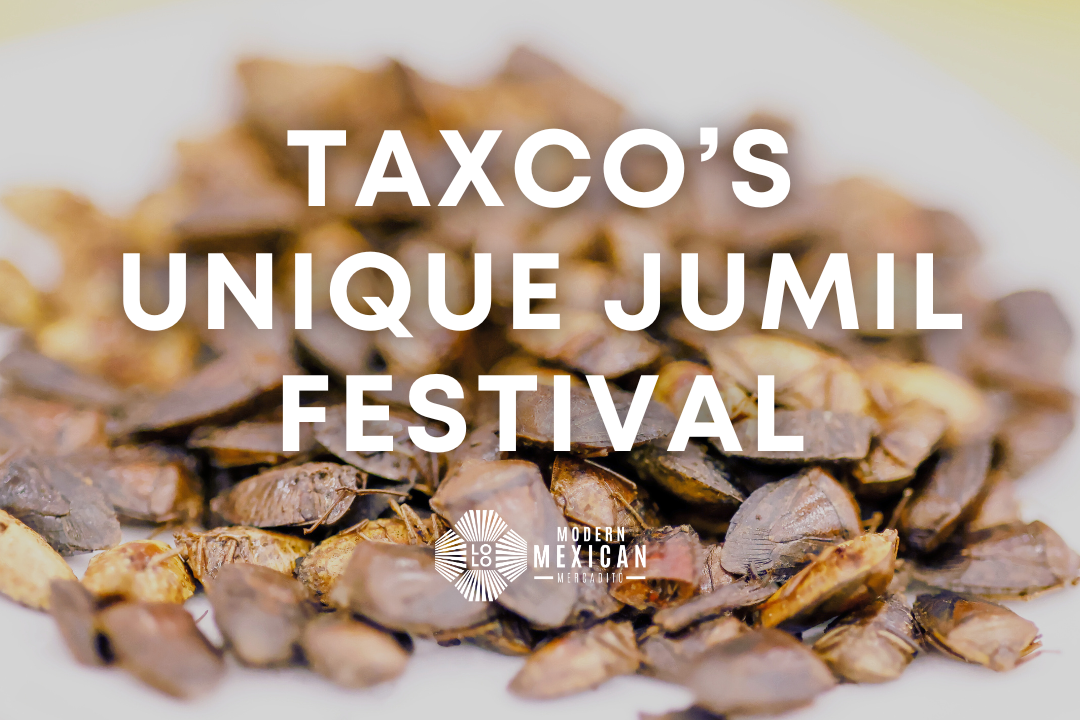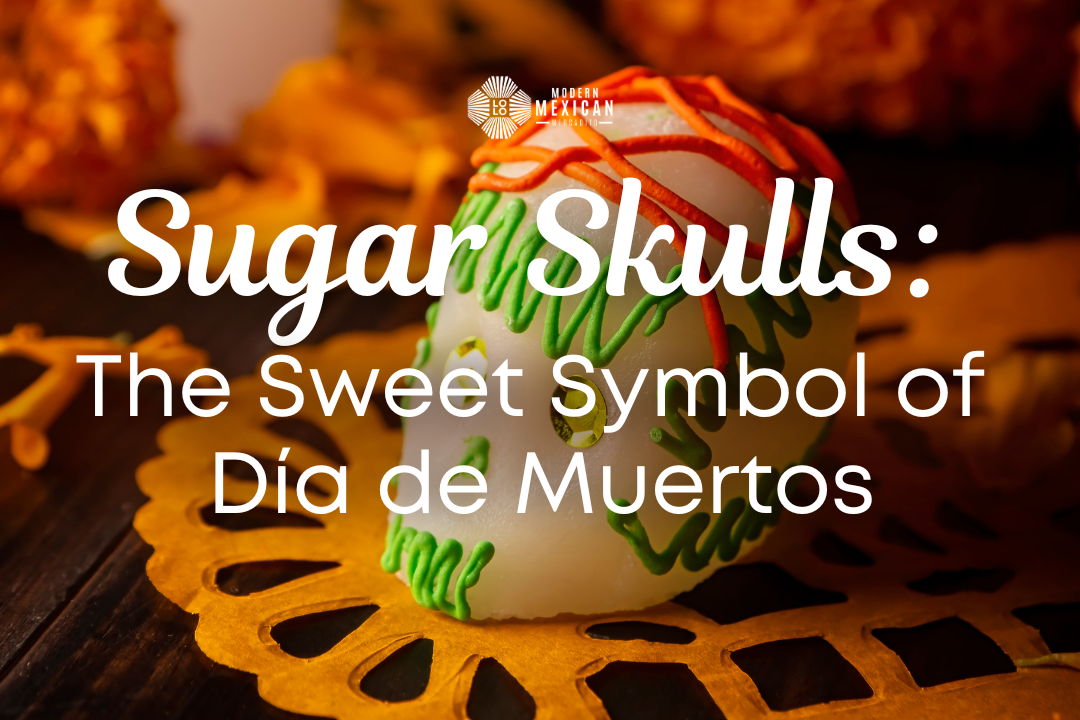The cultural wealth of Mexico is undoubtedly extensive and impressive in its diverse expressions. In the case of handicrafts, Mexico has an endless amount of treasures to be highlighted.
For Lolo, artisanally made products reflect the diversity that makes up the Mexican people, as well as the influence and impact of the historical periods that the country has gone through. It is no wonder that Mexico is home to so many cultural expressions that are considered Cultural Heritage of Humanity.
Understanding the concept of an artisanal product lies in understanding that, unlike mass-produced or machine-made products, a handicraft is characterized by being handmade, with mainly natural materials, and with an important cultural background behind its creation.
The objects created by the hands of artisans allow us to learn about other cultures, especially those with indigenous backgrounds. They represent the region's cultural diversity and, of course, the creativity of their people. In addition, Mexican handicrafts provide sources of employment for these communities.
For these reasons, in this week's blog we highlight 9 Mexican handicrafts that are unique to our country and where to find them, as they deserve a look if you ever visit that state.
It is important to note that, being Mexico a country so rich in culture, it is impossible to choose one handicraft that represents a state more than another. Each region, each state, and even each municipality has its own unique representative and particular characteristics.
This list is presented in no particular order and based on personal tastes and conversations we have had with other people, so feel free to include your favorite handicraft in the comments so that we can add it to the next list!
Deshilados from Aguascalientes
Aguascalientes is known for its vibrant arts and culture scene, and deshilados are a significant part of the region's cultural heritage. The intricate technique is unique to the region and has a long history of being passed down through generations of artisans. The designs can be found on a variety of textiles, including clothing, tablecloths, and decorative items.
In addition to the beauty of the embroidery work itself, deshilados also have cultural and historical significance. They represent the creativity and skill of artisans who have kept the tradition alive for generations, and they are an important part of the cultural identity of Aguascalientes.
Carved wood from Guanajuato
The state of Guanajuato has a rich tradition of woodworking that dates back centuries, and many skilled artisans produce beautiful carved wood items. Woodworkers here are known for their attention to detail and the inclusion of high-quality, unique materials, which results in beautiful and long-lasting pieces seen in no other place.
Many of the wooden crafts produced in Guanajuato are sold as souvenirs or decorative items, but some are also used in religious ceremonies or other contexts. The craft of carved wood is an important part of the cultural heritage of Guanajuato, and the skilled artisans who produce these beautiful pieces are highly respected in the region.
Sterling Silver from Guerrero
Mexico is one of the largest producers of silver in the world, and its silver has been highly valued since pre-Hispanic times, which is probably why Mexican artisans are renowned for their skill in working with this precious metal. In particular, the town of Taxco, located in the state of Guerrero, is famous for its silverwork and is considered one of the best places in the world to buy handmade silver jewelry and other items.
In this destination (our hometown ), you will find countless shops and galleries where the best silver workshops in the world are offered, all of this while being able to enjoy a walk through the most beautiful colonial towns.
Tenangos from Hidalgo
The town of Tenango de Doria, home to Otomí (Hñähñu) and Tepehua communities, is famous for the handmade and colorful embroideries it creates, known as "tenangos". The tradition began almost a century ago and, since then, the women of the region have dedicated themselves to creating colorful figures that adorn all kinds of fabrics.
The artisans embroider in diverse and striking colors, and the embroidery is done with iconic motifs, which are usually inspired by nature, such as animals, flowers, or other shapes.
The work is not easy, as some designs require up to 10 months of work and these embroideries are used to make cushions, tapestries, tablecloths, and any other decoration items that will make a unique piece!
Trees of Life from Estado de México
The fabulous Trees of Life, or "Árboles de la Vida" in Spanish, originated in the city of Metepec. They are typically handcrafted from clay and are often shaped like a tree or a candelabra, with branches that are adorned with colorful, intricate figures and designs.
They are filled with colorful decorations, floral shapes, birds, characters, and more uses of the imagination of its creators.The figures spread throughout these trees, and depict a variety of scenes that address a sort of storytelling of ancestral remembrance or Mexican culture, such as religious events, historical events, and cultural traditions that speaks of the history of our country.
Trees of Life from Metepec are a famous and traditional handicraft in Mexico and are highly valued for their details, beauty, and cultural significance and are recognized worldwide.
Wixarika art from Nayarit (and Jalisco)
The Wixarika, also known as the Huichol, are an indigenous group of Mexico known (among other many other things) for their intricate beadwork, which makes use of bright colors.
Wixarika beadwork art, also known as Huichol art, is a traditional art form that has been practiced by the Wixarika people for generations. It involves creating intricate designs using small colorful beads, intentionally arranged to form images like no other. The art form is passed down from generation to generation, with master artists teaching their techniques to apprentices as a way to honor their cultural traditions.
The art form is not only visually stunning, but it also represents a deep connection to the natural world and a way of life that has been sustained for centuries. So, by purchasing these artforms during your visit to Nayarit or Jalisco, you not only decorate your home with lots of colors and add an authentic touch, but you also help the economy of these communities.
Alebrijes from Oaxaca
Oaxaca is known for its rich artistic and cultural heritage, and there are many handicrafts that are made with a deep historical, cultural, and talented background in the region. So, choosing one single item from Oaxaca was the toughest choice but, one of the most famous handicrafts from this state is certainly alebrijes, which are colorful hand-carved and painted wooden figures of fantastical creatures, animals, or people.
Originally created by cartonero Pedro Linares in Mexico City, the fame and popularity of these figures expanded to other parts of the country. These multicolored figures of extraordinary animals or characters are the living expression of the imagination of the people of Oaxaca, especially the communities of San Martín Tilcajete and San Antonio Arrazola. These unique figures are carved in copal wood and painted in a very traditional way, as the technique has been inherited and preserved as a treasure.
But we also want to give a special mention to
Barro Negro, or Black Clay, from Oaxaca
Barro Negro, the famous black clay handicraft from Oaxaca, Mexico, is truly unique. Sourced from a special clay found only in the region, this craft requires a great deal of time and skill to create. In San Bartolo Coyotepec, the clay is carefully molded and shaped by hand, then fired in a specialized oven for 20 to 30 days, going through several stages of shaping, drying, and polishing. The resulting pottery is striking, with a smooth, metallic black finish that is both beautiful and functional. This durable and heat-retaining pottery is used for cooking, serving, and decoration, and has been passed down through generations of artisans, making it a significant and treasured part of the region's cultural heritage.
Talavera from Puebla
Talavera pottery is a traditional handicraft from the city of Puebla, Mexico, that has been produced since the 16th century. It is characterized by its intricate and colorful designs that are painted by hand using a special glaze technique. The art of making Talavera pottery was introduced to Mexico by Spanish artisans in the 16th century, but it quickly evolved to incorporate indigenous designs and techniques. Today, Talavera is recognized as one of Mexico's most famous and prized handicrafts, and it is protected under Mexican law to ensure its authenticity and quality.
Additionally, Talavera from Puebla is highly regarded for its versatility, as it can be used for a variety of purposes, including tableware, vases, decorative tiles, and more. It is a highly sought-after handicraft in Mexico and around the world, and is a testament to the skill and creativity of Mexican artisans.
It goes without saying the importance of learning about Mexican culture through its handicrafts, as the treasures found in them never fails to amaze those who experience it. It's no wonder that Mexico captivates so many people around the world with the quality of its handicrafts, not to mention the legacy left by the talented creators behind them!
---
What do you think of this list? What other handicraft would you like to see highlighted here? How about a particular region in Mexico? We would love to hear from you!


















2 comments
frisbeethedog
good site with good info i used this site for homework, pretty interesting stuff.
Nora
Great synopsis of some of the truly wonderful crafts from Mexico, one of the greatest if not the greatest handcraft producing countries in the world.